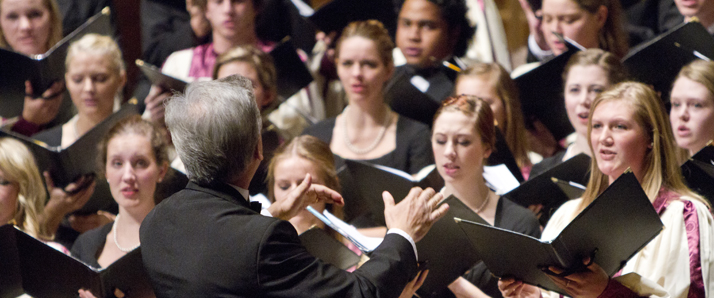Two weeks ago, Calvin students received an email from President Le Roy informing them that faculty in the art and art history, music and history departments had been offered a limited number of voluntary buyouts.
A few days later, majors in those three departments received an additional email assuring them that Calvin still values their disciplines and that “the opportunities of anyone currently enrolled at Calvin” will not be affected.
I do not envy administration the difficult choices they have to make while dealing with Calvin’s financial crisis, but it was very hard to find encouragement from that second email.
It’s hardly reassuring to know that your department will continue to exist when you were drawn to Calvin by the strength of the department as it is right now. If the goal is simply survival and not excellent and varied offerings, how can these departments be expected to thrive?
The three departments were identified as being overstaffed by an analysis of, among other things, faculty-to-major ratios. This appears fair on the surface: according to the statistics, these departments are using more of the college’s resources than their enrollment justifies.
But there are significant problems with using statistics like faculty-to-student ratios or number of credits taught to evaluate departments. Relying solely on numbers isn’t often ideal for any kind of evaluation, but it misses major pieces of the story for departments like music.
Faculty-directed ensembles are central to the music department. In the eight ensembles the department runs, only 51 out of 202 total members are music majors. Very few, if any, departments offer a non-core class with this much non-major enrollment.
The orchestra recently went on a tour to Chicago and visited some high schools for recruiting events, and the first thing we did was have everyone in the orchestra who wasn’t a music major raise their hands.
We tell potential students with pride that Calvin offers such rich musical opportunities to non-majors, and that needs to be considered when the department is available.
The music department may be overstaffed according to the numbers, but nearly every faculty member spends more time teaching than faculty in other departments. Private lessons are essentially a one-member class, and they’re often taken for zero credit.
One-on-one instruction is crucial for musical development but not, on paper, an efficient use of professors’ time. It’s not fair to expect that kind of efficiency from any music department at any college if it’s going to provide quality musical education.
In a very specialized department like music, losing faculty can mean losing programs, such as the composition or performance degrees. Losing programs means losing majors, which could lead to lower-quality ensembles and potentially fewer students interested in joining them.
A central component of Calvin’s mission as a liberal arts college is that chemistry majors can play in a good orchestra and computer science majors can sing in a good choir.
The current buyouts and potential budget cuts threaten departments that are integral to the concept of liberal arts. Liberal arts doesn’t mean offering a few mediocre music ensembles and a couple core history and art history classes.
It means having strong departments across all disciplines that encourage all interested students to be involved, regardless of their majors. I fully believe that Calvin College is committed to the liberal arts, but I fear that some of these decisions will threaten its ability to deliver on that commitment.
As a music major, I’m concerned for the future of music and the other humanities departments. Students don’t want to lose professors they love, but they also don’t want to feel like Calvin undervalues the studies they are passionate about.
I don’t know nearly enough about the college’s financial situation to offer a better solution than these buyouts. Money is a very real concern, and it’s sad when it forces us to make painful decisions.
I only question whether the chosen statistics are the best way to evaluate departments and whether the outlook for these departments is as hopeful as students have been assured.




